Compared to last week, Western Canadian feeder cattle prices were relatively unchanged. Yearlings supplies were limited in certain regions which caused buyers to shrug off fleshier characteristics in some cases; however, heavier yearlings over 950 pounds were somewhat softer. Finishing feedlots appeared to be more aggressive on heavier, vaccinated or pre-conditioned calves. Many auction barns […] Read more
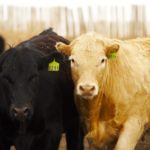
Klassen: Steady demand seen for all feeder cattle

Klassen: Feeder cattle market stabilizes
Compared to last week, Western Canadian feeder cattle markets traded $2 to $3 on either side of unchanged. Most auction barns held feature sales over the past week and steady demand was noted across the prairies. Calves appeared to gain momentum late in the week with favorable weather enhancing buying interest; however, yearlings were quite […] Read more

Klassen: Feeder market experiences bouncing behaviour
Compared to last week, western Canadian yearling markets traded $2-$4 higher on average; calves traded $2 to as much as $6 higher. The feeder market has recovered after a softer tone earlier in October. Favourable weather in southern Alberta over the past week caused Lethbridge-area feedlots to step forward more aggressively, especially in the lighter […] Read more

Calf prices below year-ago levels
Market Update with Jerry Klassen: Seek price protection if you're backgrounding calves this winter
Western Canadian feedlot margins have hovered in negative territory throughout the summer and early fall. In late September, Alberta packers were buying fed cattle on a dressed basis in the range of $231 to $232; live bids were quoted from $136 to $139. Recent prices are about $15 to $20 below break-even pen closeout values. […] Read more

Klassen: Limited harvest progress weighs on feeder cattle
Compared to last week, western Canadian feeder cattle markets were down $2 to as much as $8 in some cases. A fortuitous bounce in the barley market resulted in a softer tone for replacement cattle. It appears that the Canadian barley crop will be smaller than earlier anticipated and some of the crop will likely […] Read more
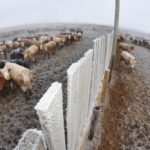
Klassen: Adverse weather tempers feeder market
Compared to last week, western Canadian feeder cattle markets traded $3-$5 lower. Excessive snow in Alberta and ongoing rains across Manitoba and Saskatchewan set a negative tone. The market appeared to incorporate a risk discount, although many auction barns had limited numbers on offer. Buyers once again focused on local cattle and avoided transportation over […] Read more
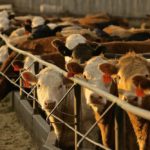
Klassen: Yearling prices remain firm
Compared to last week, western Canadian yearling markets were relatively unchanged with the exception of southern Alberta where 800-plus-lb. feeders traded $5 to as much as $8 higher. Strength in deferred live cattle futures and weakness in barley prices were the main factors driving demand in the Lethbridge area. The U.S. Department of Agriculture’s bullish […] Read more
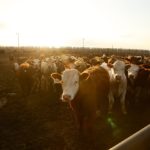
Beef demand heads into the slow months
Market Update with Jerry Klassen: Be prepared, as the high yearling market only has one way to go
Alberta packers were buying fed cattle in the range of $140 to $143 during the first half of September. The market has come under pressure due to the year over year increase in market-ready feed supplies. In addition to the higher beef production, beef demand is moving through a seasonal low. During September and October […] Read more
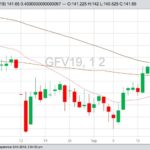
Klassen: Feeder cattle market remains volatile
Western Canadian yearling markets appeared to stabilize after coming under pressure earlier in the month. Compared to last week, yearling prices were unchanged to $4 higher on average while calf markets traded $2-$3 on either side of unchanged. Major feedlots were more aggressive for 800-plus-lb. cattle as feed grain prices continue to grind lower. Favourable […] Read more
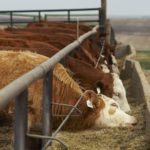
Klassen: Feeder market experiences softer demand
Compared to the previous week, western Canadian yearling markets traded $4-$6 lower on average; calves were down $5 to as much as $10 in some cases. U.S. feeder cattle markets were also down $5-$8 from seven days earlier. The extended period of negative feeding margins appears to be taking a toll on the feeder market. […] Read more


